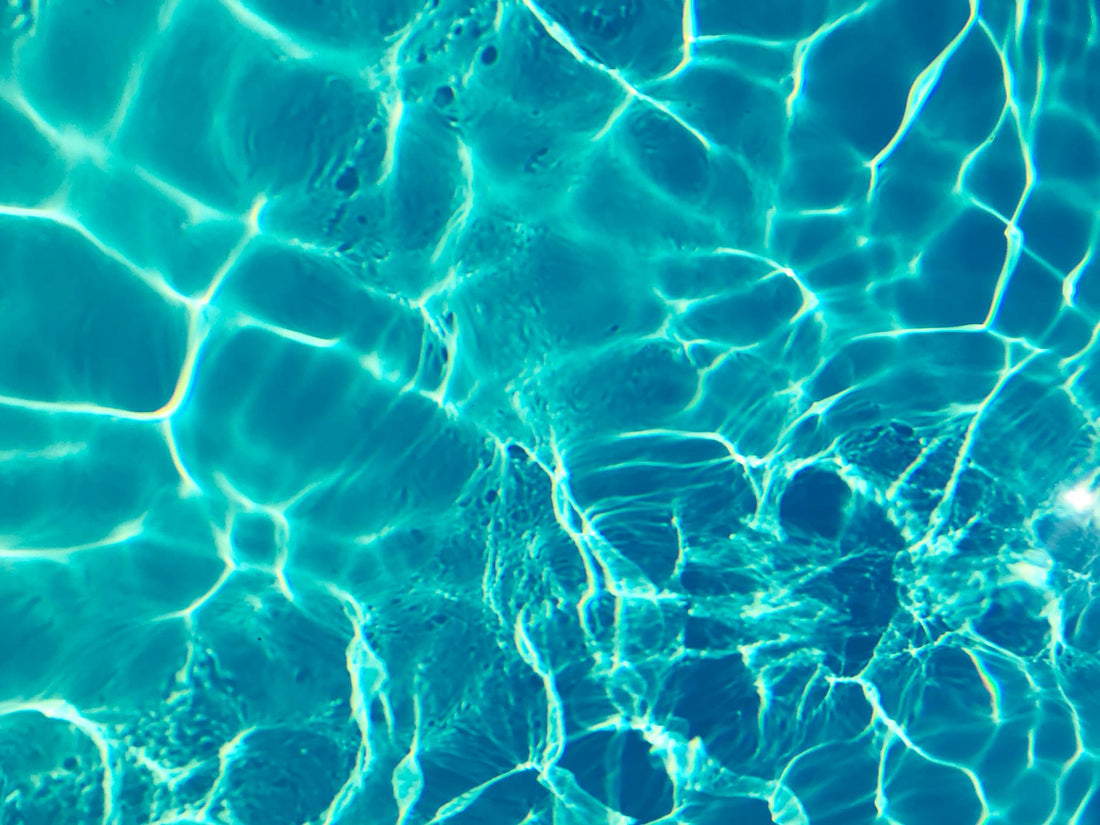Owning a pool is a wonderful gift that keeps on giving. With many options for enjoyment, physical activity, and unwinding, your pool is probably the main focal point of activity in your household. However, it is not only about having fun and playing. Keeping a pool clean and safe demands effort and commitment, which may be exhausting for certain individuals. Having all of the resources and knowledge to recognize the issues that arise in the course of your pool ownership may ease some of that burden. Let’s discuss some typical pool problems and how you can diagnose and fix them.
Cloudy Water
Don’t worry, cloudy water is one of the most common swimming pool issues! Your pool water can become cloudy for many reasons, like dirt and debris, malfunctioning pool filtration, or a chemical imbalance. No one wants to swim in a pool that looks like a swamp, so let’s talk about some things you can do to fix those issues.
If murky water is a regular issue, check your pool filter. If it’s dirty or some other issue has come up, it won’t work properly. Clean and maintain it regularly.
You should also keep a water testing kit on hand. For clear water, alkalinity, pH, and calcium needs to all be in proper balance. The pH should be somewhere between 7.2 and 7.6. If the water just doesn’t look right, this should be one of the first things you check.
Sometimes, the fact is that your pool is just filled with dirt and debris. In some seasons, pollen, dust, and other environmental items can end up in your pool. Skim and vacuum regularly to keep your pool clean and avoid this problem.
Growth of algae
Algae growth in pools is a frequent sight, causing the water to change color to black, green, or brown. However, what is the reason behind the growth of algae? Several basic factors contribute to the growth of algae in pools, and there are some straightforward measures you can implement to stop it.
If the chlorine levels in your pool are insufficient, algae can grow and flourish. Additionally, still and heated water provides a breeding ground for algae and other intruders in your pool. If you maintain cleanliness and proper chlorine levels in your pool, ensure water circulation, and prevent overheating, you will be able to prevent algae growth in your pool.
Stains and Color Changes
Apart from being a hygiene problem, stains and discoloration are also visually unattractive. They take away from the carefully chosen aesthetic you desire for your pool.
This issue can arise in addition to other pool problems such as algae growth or imbalanced chemical levels that we have previously talked about, but stains can also be caused by metal contamination.
Metals such as iron or copper in or near your pool can result in stains. Purchase a pool treatment that contains a metal sequestrant to help with this issue.
Equipment Malfunctions
It’s a fact of life - all pieces of equipment will eventually malfunction, whether due to manufacturer errors or simple wear and tear over time. It’s important to be vigilant and stay on top of these issues as they arise.
Three common equipment issues in swimming pools include heater issues, filtration problems, and pump problems. These three pieces of equipment are key in the maintenance of your pool, so be sure that they’re all in good repair.
It should also be noted that over time, old incandescent pool lights eventually burn out or experience issues. You’ll want to make sure to keep these in good repair and replace them quickly. This should not be overlooked, because it can be a serious safety issue, and malfunctioning lights may make it harder to diagnose other pool issues that arise.
Cracks and Leaks
If your pool has cracks or leaks, you will experience noticeable issues. They have the potential to make your pool unsafe for swimming and can cause a significant loss of water.
Many cracks can be repaired with pool putty, but if that fails, seek help from a professional.
When dealing with water loss, a bucket test can be used. Put pool water in a bucket and place it on a step, while marking the water level inside the bucket and on the pool wall. Come back later to check the water levels. If the pool water level is below the bucket level, it is likely that you are dealing with water loss.
Take Preventative Measures
Ideally, you can tackle these issues before they arise and maintain a clean, safe, and aesthetically pleasing pool year round. By cleaning regularly, checking chemical and water levels in the pool, as well as investing in reliable equipment, you can stay ahead of the curve.
By taking a proactive approach to potential pool problems, you can keep your pool in great shape for many years and ensure that it’s a relaxing oasis of calm for all who visit.


